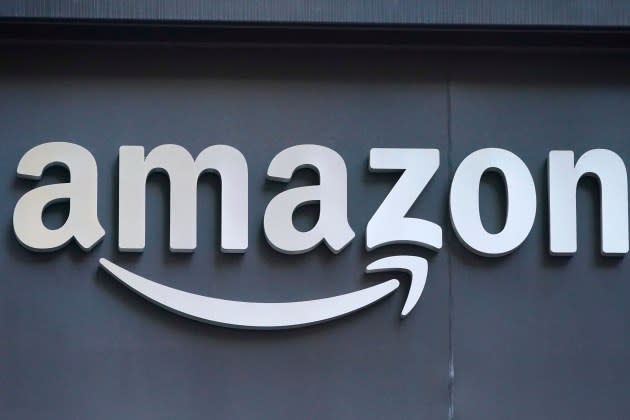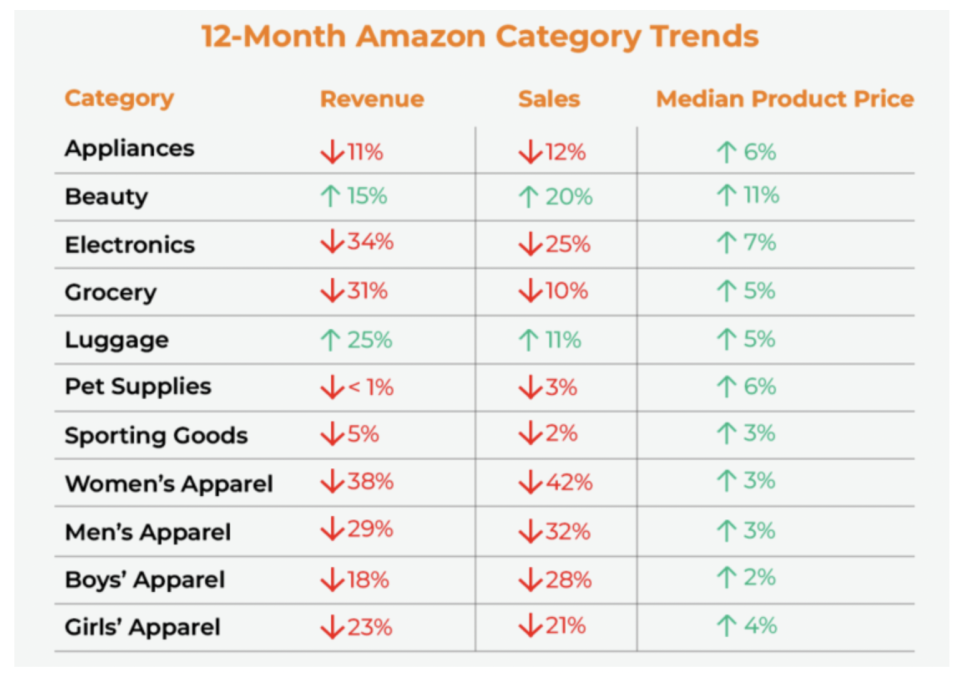Research Reveals Impact of Inflation on Spending, Amazon Pricing

The latest consumer and pricing research from Jungle Scout reveals that inflation is severely impacting price points and spending habits. The firm, which provides services to sellers and brands on Amazon, said in the report that “77 percent of consumers say their spending has been impacted by inflation,” while 72 percent of respondents are making fewer “fun” or impulse purchases.
Other key findings of the report include that 59 percent of those polled are buying from less expensive brands, while 52 percent are only buying discounted products or products on sale. Jungle Scout also found that 51 percent of consumers polled have shifted to buying generic brands, while 42 percent of respondents are cutting costs by doing without some products. The research also showed that 38 percent of those polled said their online spending decreased from the first quarter to the second quarter.
More from WWD
Regarding Amazon’s pricing trends, researchers at Jungle Scout said the median product price was up across all of the categories examined and increases ranged from two percent (boys apparel) to 11 percent (for beauty products).

Courtesy image.
By way of context, the authors of the report described inflation this year as being “rapid and severe” and noted that in June, inflation grew to 9.1 percent — “the biggest year-over-year jump since 1981.”
“In the midst of this, 38 percent of consumers say their household income is unstable, and 34 percent rely on financial assistance or unemployment benefits,” Jungle Scout noted, adding that for 13 percent of consumers, “their household income actually decreased in the first half of the year.”
“This 41-year high inflation rate means higher costs across the board, from raw materials and supplies to labor and shipping rates,” the company said. “As both consumers and brands are left with dollars that no longer stretch as far, many e-commerce businesses are facing the tough call of reducing inventory and/or charging more for products to maintain profit margins. The results are higher prices, less available stock and more hesitant shoppers.”
The authors of the report also noted that economic sanctions resulting from Russia’s invasion of Ukraine have also driven up costs while creating shortages.
“In China, COVID-19 lockdowns slowed the production of many supplies and products, further compounding supply chain disruptions that began early in the pandemic,” Jungle Scout said. “Interest rates have risen to combat inflation, and consumers are paying more for mortgages, car loans and credit cards, on top of already-increasing energy and utility costs. All of these factors are converging in a significant shift in shopping habits.”
Sign up for WWD's Newsletter. For the latest news, follow us on Twitter, Facebook, and Instagram.

